The Calathea orbifolia is one of the most elegant tropical houseplants, loved for its broad, metallic-striped leaves that shimmer under soft light. But behind that beauty lies a sensitive nature — especially when it comes to water.
Unlike succulents or hardy palms, Calathea orbifolia reacts sharply to the chemical composition of your tap water. Even trace amounts of chlorine, fluoride, or heavy minerals can leave visible marks — brown edges, yellow veins, or dull stripes that fade its signature sheen.
In this article, we’ll dive deep into how water quality affects your Calathea orbifolia, the science behind these reactions, and practical ways to keep your water plant-safe and your leaves lush.
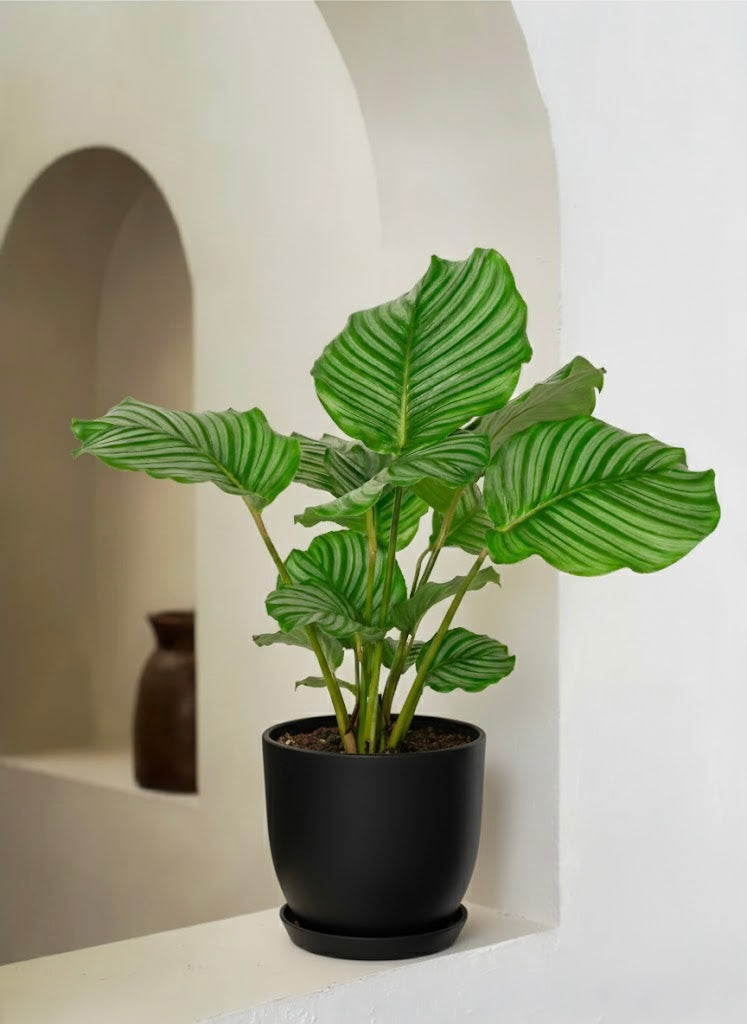
1. Why Water Quality Matters for Calathea Orbifolia
In their native tropical environments, Calathea orbifolia plants grow in soft, rain-filtered water systems — free of salts and chemicals. Rainwater naturally absorbs organic acids and nutrients from decomposing plant matter, creating a gentle, mineral-balanced hydration source.
However, most urban tap water is chemically treated for safety. It often contains additives that, while safe for humans, can stress plant roots and alter soil chemistry. Over time, this imbalance affects the plant’s ability to absorb nutrients efficiently.
When poor-quality water is used repeatedly, symptoms start appearing not overnight, but progressively — beginning at the leaf edges and moving inward.
2. The Common Culprits in Tap Water
Let’s break down the three biggest offenders in municipal or well water that harm Calathea orbifolia.
A. Chlorine
Chlorine is used in water systems to kill bacteria and pathogens. Unfortunately, it’s also a plant cell oxidizer.
When Calathea roots absorb chlorinated water, the chemical damages delicate root hairs that are essential for nutrient exchange. Over time, this leads to:
- Brown or crispy leaf tips
- Faded silver striping
- Stunted new leaf growth
High chlorine levels also degrade the beneficial microbes in potting soil that help maintain healthy root ecosystems.
How to Fix It
You can easily dechlorinate tap water by:
- Letting it sit uncovered for 24 hours, allowing chlorine to evaporate naturally.
- Using an activated carbon filter (like a Brita or ZeroWater pitcher).
- Boiling the water for 10–15 minutes and letting it cool before use.
Even a simple overnight rest can dramatically reduce chlorine levels and plant stress.
B. Fluoride
Fluoride is another additive meant to strengthen human teeth — but for tropical plants like Calathea orbifolia, it’s a hidden toxin.
Fluoride interferes with the enzyme systems inside root cells, restricting nutrient transport. The most common symptom is tip burn, where leaves develop dry, brown patches that eventually spread.
Some potting mixes, particularly those containing perlite, can worsen fluoride accumulation because the porous material traps the chemical.
How to Fix It
- Avoid using perlite-heavy soil; instead, use coco coir and pine bark-based mixes.
- Switch to distilled, filtered, or rainwater.
- Occasionally flush your soil with clean, fluoride-free water to wash away residues.
C. Hard Water and Mineral Build-Up
If your tap water leaves white spots on glass or faucets, it’s “hard water” — rich in calcium and magnesium salts. While these minerals aren’t toxic, they build up in the soil over time, leading to:
- White crust on the soil surface or pot edges
- Yellowing leaves despite watering
- Reduced soil aeration and root suffocation
Hard water also shifts soil pH, making it more alkaline. Calathea orbifolia prefers slightly acidic conditions (pH 6–6.5), so alkaline soil blocks absorption of essential nutrients like iron and magnesium — the very minerals that give its leaves their vibrant contrast.
How to Fix It
- Use rainwater, distilled water, or reverse osmosis (RO) water for best results.
- Flush your pot every 4–6 weeks with clean, filtered water to remove excess salts.
- If using tap water, mix 50/50 with distilled water to soften its mineral load.
3. How to Identify Water-Related Leaf Damage
Because Calathea orbifolia is sensitive to both overwatering and chemical exposure, it’s crucial to recognize the subtle differences in symptoms.
| Symptom | Likely Cause |
|---|---|
| Brown crispy tips and edges | Fluoride or chlorine buildup |
| Pale or dull silver stripes | Hard water or nutrient blockage |
| Curling leaves | High salt concentration |
| White crust on soil | Calcium and magnesium deposits |
| Slow new growth | Root burn from poor-quality water |
Always rule out environmental factors like low humidity or direct sunlight, but if your watering habits are otherwise correct, the issue almost always traces back to water composition.
4. The Best Types of Water for Calathea Orbifolia
To maintain perfect stripes and moisture balance, here are the best options in order of effectiveness.
A. Rainwater
Rainwater is the gold standard. It’s soft, chlorine-free, and slightly acidic — perfectly matching Calathea’s native conditions.
- Collect rainwater in clean containers, preferably with a lid to prevent contamination.
- Strain before use to remove debris.
B. Distilled Water
Distilled water is pure H₂O — free from minerals and additives. It ensures zero salt buildup and balanced hydration.
However, since it lacks trace minerals, you can occasionally supplement with a light organic fertilizer to replace natural nutrients.
C. Filtered Water
Activated carbon filters remove chlorine, some fluoride, and sediments. It’s an excellent middle-ground option for city dwellers who can’t collect rainwater.
D. Reverse Osmosis (RO) Water
RO systems strip almost all impurities, producing water similar to rainwater. While initially more expensive, they’re ideal for multiple indoor plants or long-term care.
5. Preventing Future Build-Up
Even if you switch to clean water today, your soil may already contain mineral residues. To rejuvenate your Calathea orbifolia’s roots:
- Leach the soil: Every 1–2 months, water the pot thoroughly until excess water drains freely from the bottom. This flushes away built-up salts.
- Repot annually: Replace the top 2 inches of soil or repot every 12–18 months to refresh nutrient balance.
- Wipe leaves regularly: Dust mixed with mineral residues can block light reflection. Wipe gently with a damp microfiber cloth once every two weeks.
- Monitor humidity: Proper humidity (60–70%) prevents the plant from over-absorbing mineral-rich water through stress.
6. The Role of Microbes in Water-Soil Balance
Good soil bacteria help buffer chemical shock. When chlorine and fluoride destroy these microbes, soil health declines. To rebuild this ecosystem:
- Add a handful of worm castings or organic compost during repotting.
- Use probiotic soil amendments or diluted molasses to encourage microbial growth.
Healthy soil naturally processes minerals, preventing them from reaching toxic levels in the root zone.
7. Quick Watering Routine for Healthy Stripes
Here’s a simple system to protect your Calathea orbifolia year-round:
- Check soil moisture with your finger before watering — only water when the top inch feels slightly dry.
- Water slowly and evenly, allowing excess to drain.
- Empty saucers immediately to prevent stagnant mineral concentration.
- Use room-temperature water, never cold.
- Alternate between filtered and distilled water to balance purity with light mineral content.
Consistency, not frequency, is the secret to keeping those large silver-green leaves flawless.
8. When the Damage Is Already Done
If your Calathea has significant brown tips or dull streaks, don’t panic. The plant is resilient.
- Trim brown edges with sterilized scissors to prevent further drying.
- Increase humidity and switch to clean water immediately.
- Within 3–4 weeks, you’ll notice new leaves emerging with stronger color and pattern definition.
Remember: the goal isn’t perfection but recovery — nature always rewards patience.
Conclusion
The beauty of Calathea orbifolia lies in its shimmering silver stripes and lush green hues — but that brilliance depends entirely on what flows through its roots.
Chlorine, fluoride, and mineral-heavy water may be invisible, but their effects aren’t. By switching to filtered, rain, or distilled water, maintaining healthy soil microbes, and flushing the pot periodically, you restore the plant’s natural balance and visual vitality.
When treated with soft, clean water, your Calathea orbifolia doesn’t just survive — it thrives, glowing with the silvery sophistication that made it one of the most photographed plants in the world of modern indoor gardening.




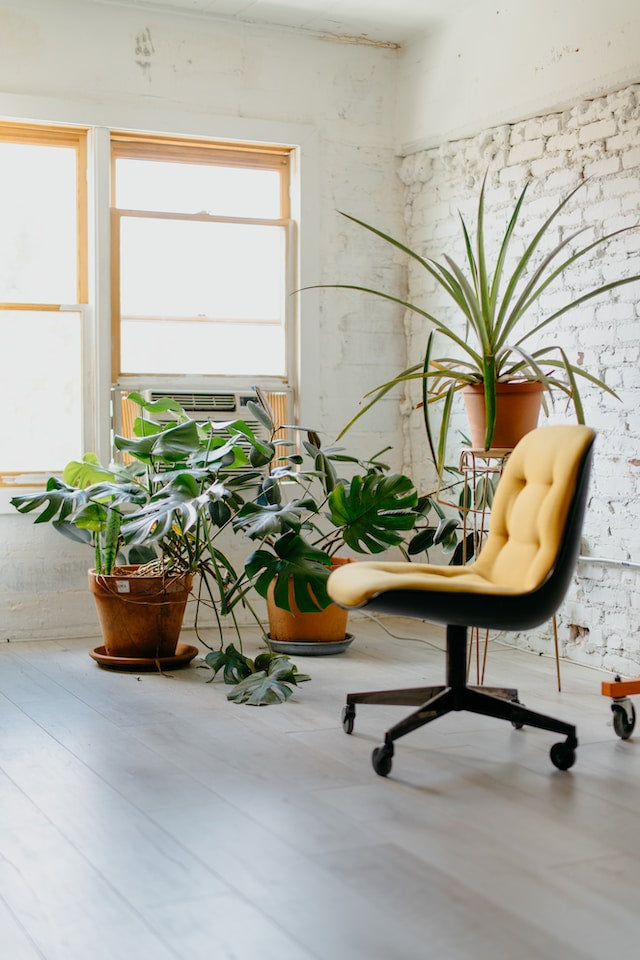
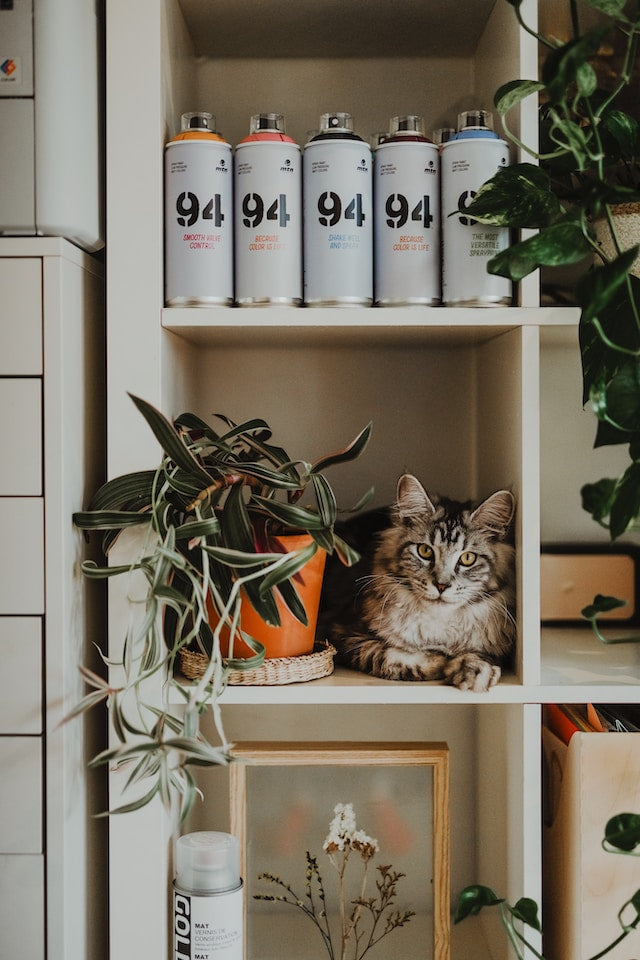
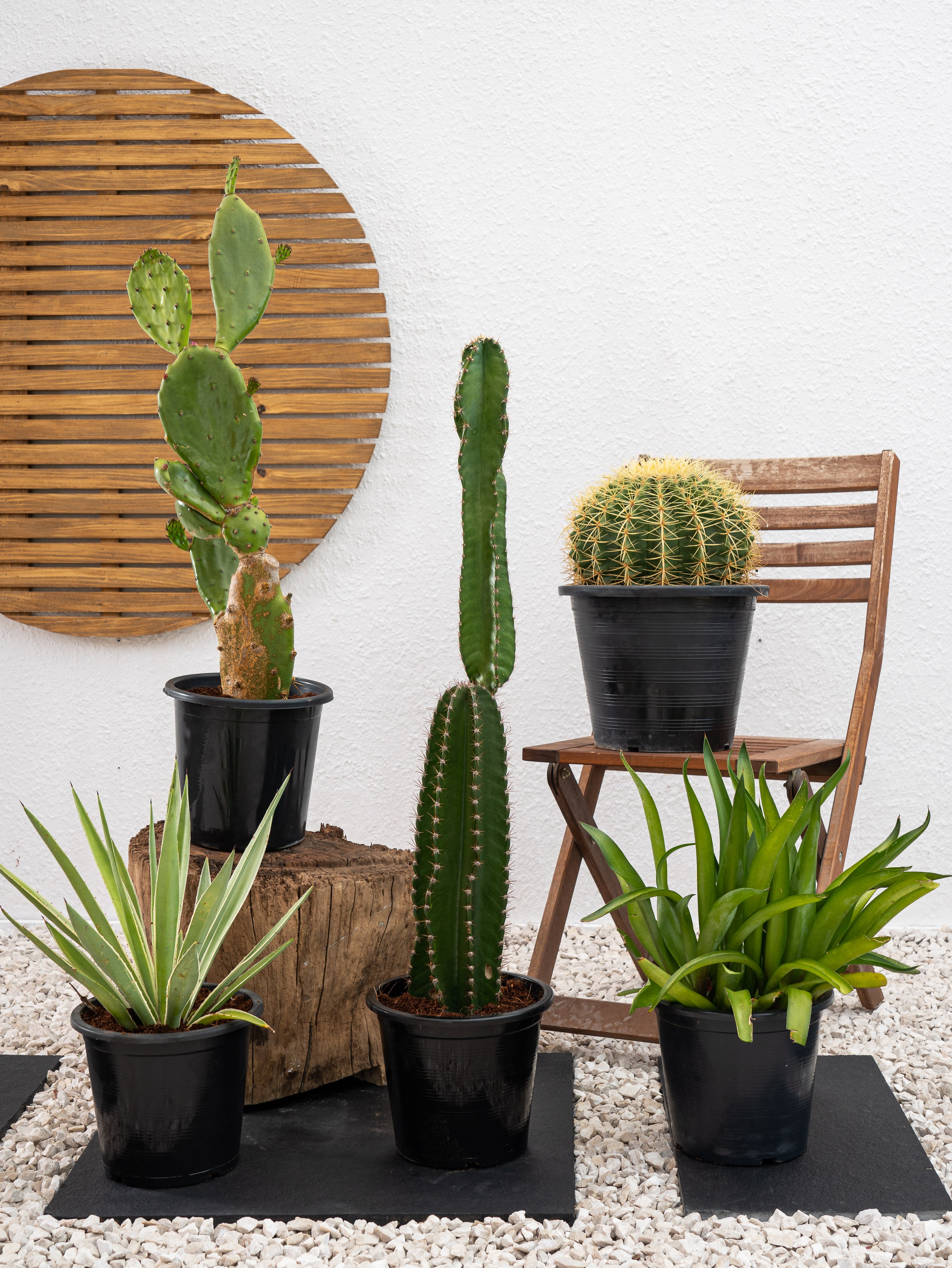

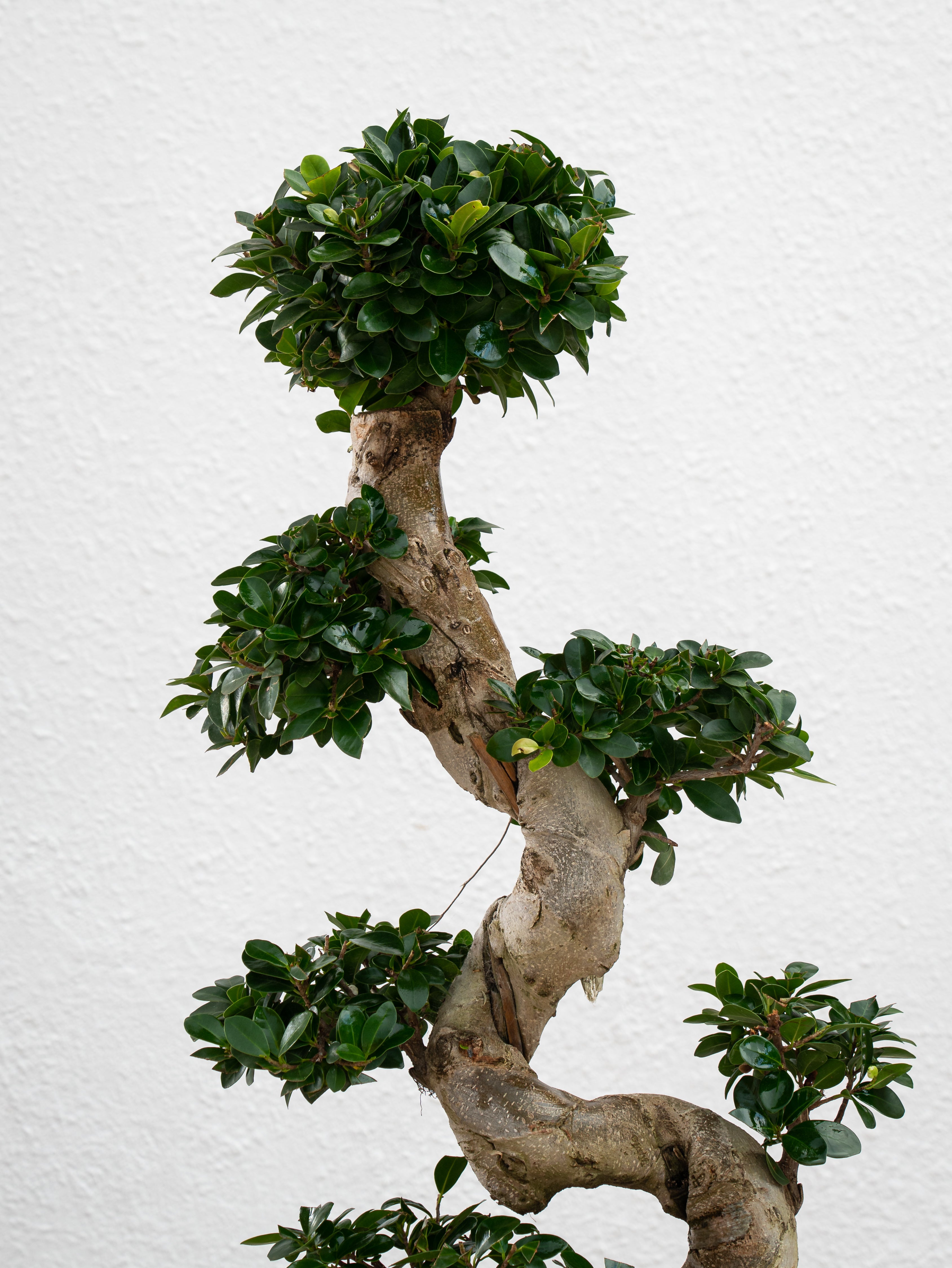
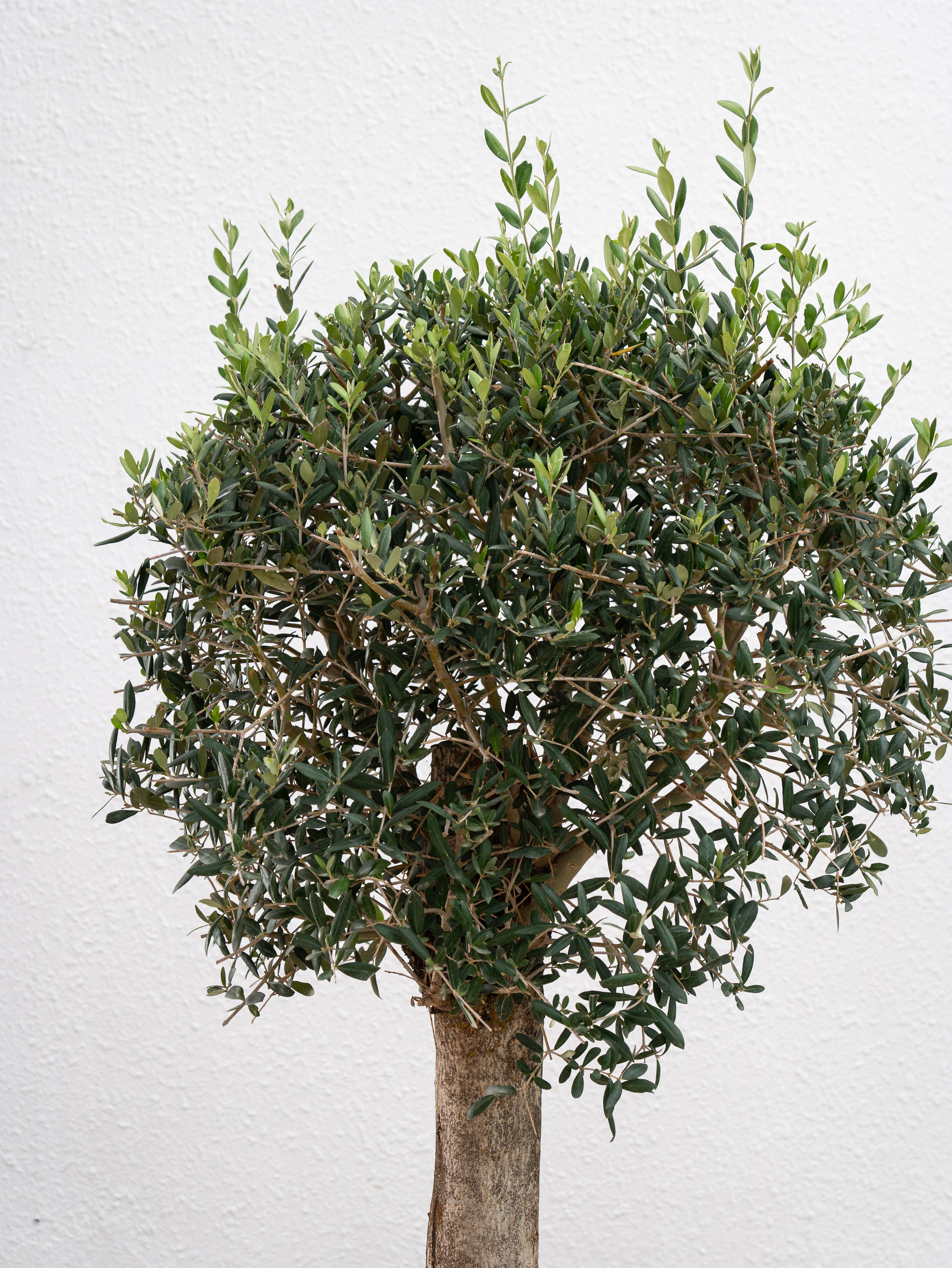
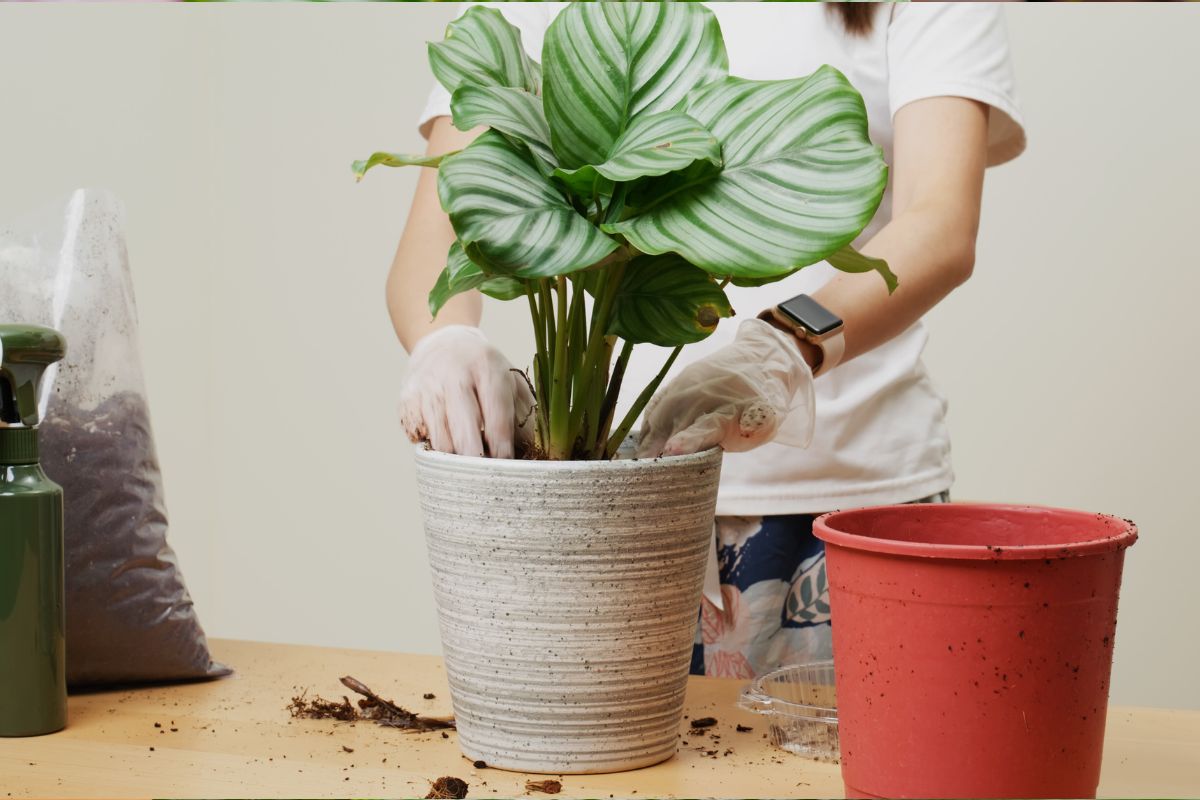
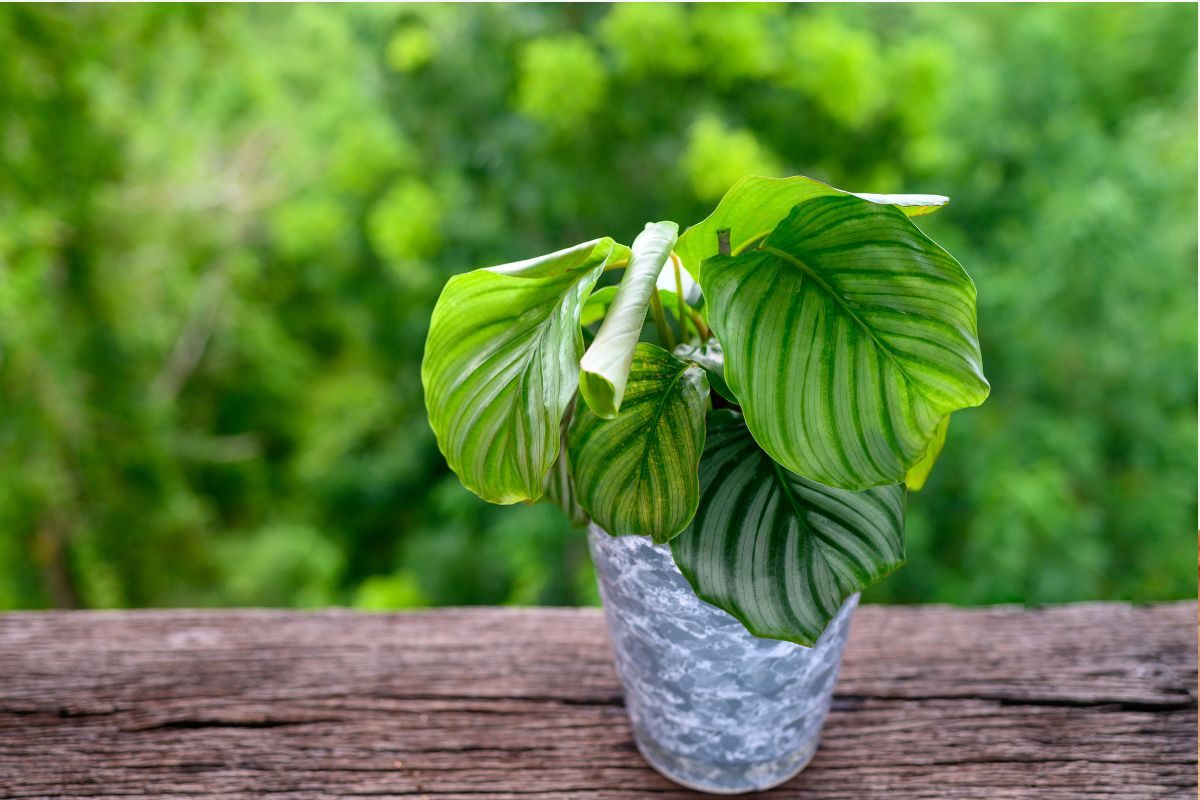

Leave a comment
This site is protected by hCaptcha and the hCaptcha Privacy Policy and Terms of Service apply.